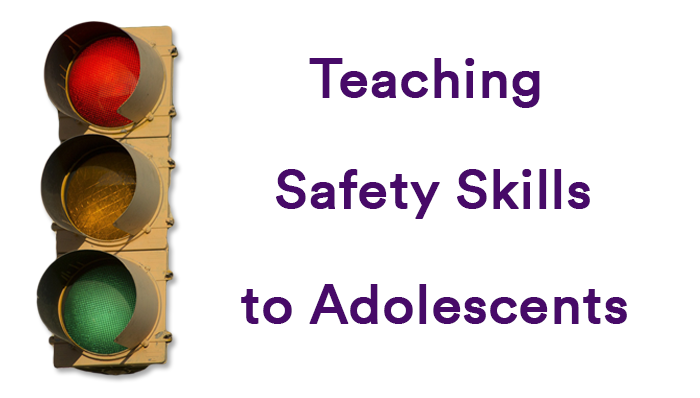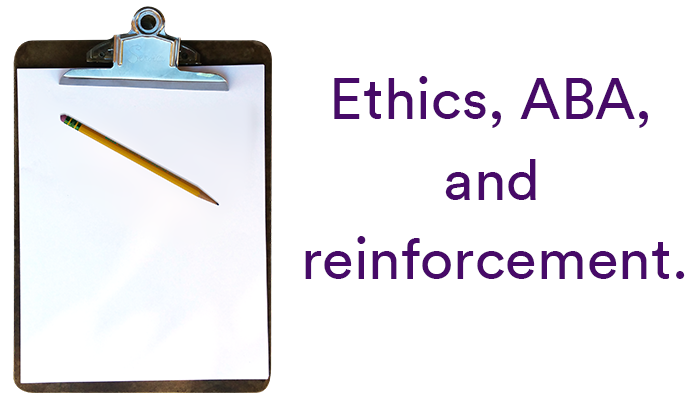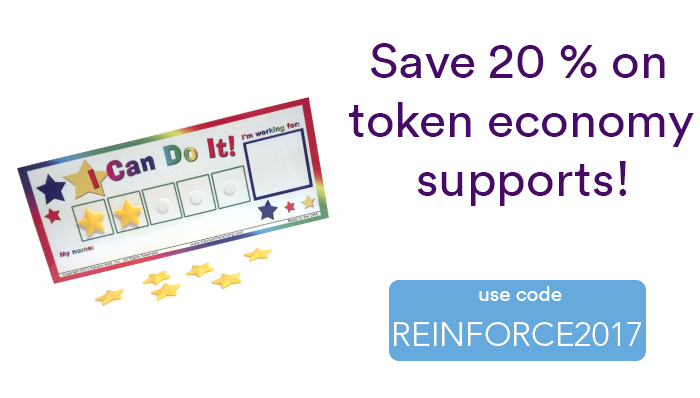This week’s blog comes to us from Lucia Murillo, Autism Speaks’ assistant director of education research. and was originally posted on Autism Speaks as part of their Got Questions? series.
“How can I help my child avoid meltdowns at the store? Everything is okay with him until he gets into the store.”
Thanks so much for your question. You are far from alone in this challenge. For good reason, outings such as shopping can be particularly challenging for families who have children with autism.
The abundance of sights, sounds, crowds and other sensory stimuli can easily trigger challenging behaviors that seem near-impossible to handle in a public place. Unfortunately, this prompts many families to avoid taking children with autism to public places unless absolutely necessary. This, in turn, can contribute to isolation for the whole family.
So I’m so pleased for this opportunity to share a few meltdown-prevention strategies that, when practiced ahead of time, can help promote a calmer shopping experience.
But when I say “ahead of time,” I don’t mean right before you head to the store. These strategies involve time and patience. Ideally, you’ll also have the guidance of a behavioral therapist skilled in working with children who have autism.
#1 Give fair warning
Research and experience tells us that “knowing what to expect” helps children with autism cope with potentially stressful situations. This means resisting the understandable temptation to try to sneak a quick shopping trip into your son’s day. Whenever possible, I strongly recommend letting him know ahead of time where he is going and what he can expect.
#2 Take a virtual tour
You and your son may be able to take a virtual tour of the store on the store’s website. If that’s not available, consider visiting the store on your own to take pictures and/or a cell-phone video.
This approach is particularly useful for preparing your child to accompany you to a new store. Sit down and look at the pictures and/or watch the video together so your son can become familiar with the new environment.
You might even take a virtual drive to the store using Google Maps.
#3 Practice and build tolerance
When you feel your child is ready to make an actual trip to the store, I suggest starting with a short trip and small purchase. Reward any degree of success with praise and perhaps a small prize or favorite activity.
As you sense your child is getting more comfortable with the short trips, gradually increase the length of time that the two of you are in the store. At this point, try to incorporate these trips into a regular routine – but always with fair warning – so your child can learn to expect them.
Repetition is important. And occasional reversals are likely. So don’t give up!
#4 Prepare a schedule
Many children – and adults – on the autism spectrum greatly benefit from having a clear schedule for the day ahead. Visual schedules are particularly helpful, and the Autism Speaks visual supports guide can help you make one.
A morning review of the day’s activities can help your child gain a sense of where he’s going and what he’ll be doing. So on the morning of a shopping trip – or even the night before – sit down with your child as you add a shopping trip to the schedule. Or invite him to add it at the specified time.
It can help to schedule one of your child’s favorite activities following the shopping trip and together enter it on the day’s schedule. This can be as simple as time to play with a favorite toy or game with you.
#5 Remember: Rest is best
It can greatly increase your son’s chances of success if you make sure he’s well rested before the outing. In fact, the same goes for you! Being tired tends to shorten everyone’s tolerance.
#6 Identify triggers
You know your child best. Are there certain sights, sounds or situations that tend to produce to a meltdown? You might try visiting the store without your son with an eye for such triggers. For some people with autism, fluorescent lighting is a trigger. Others are bothered by the loud hum of air conditioners or the blare of clerks calling to each other over the intercom.
#7 Provide personalized “armor”
Identifying triggers enables you to provide personalized support. For example, if loud sounds provoke anxiety in your son, he might be helped by headphones. If overhead lighting is a problem, he might be willing to wear sunglasses or a baseball cap. Many parents find these strategies make a world of difference for their kids.
#8 Getting ready to shop …
Before leaving the house, consider prompting your son with a finer breakdown of what you’re going to do on this shopping trip. For instance:
* We will drive to the store.
* We will park in the lot.
* We will walk into the store.
* We will find the items we want.
* We will pay for them at the register.
* We will walk back to the car.
* We will drive home.
* And we will play a game of Uno.
If, like many people with autism, your child responds best to visual information, try making a personalized story with pictures about the above steps. Autism Speaks has partnered with the University of Washington READI Lab to provide a series of personalized story templates that include Going to the Store. Learn more and download them for free here.
#9 Have a signal
Make sure there’s a way for your child to communicate to you when he begins to feel overwhelmed. We know that children who have autism vary widely in their ability to communicate. So one child might be able to simply say “I need a break.” Another might need to learn a sign – such as hands over ears. Picture communication systems are yet another option. (See the Autism Speaks visual supports guide mentioned above.)
Even if you child can’t reliably communicate when he’s getting overwhelmed, there are often behavioral cues that you can learn to recognize in time to leave the store or otherwise provide support before the meltdown.
#10 Bring “cool down” items
Meltdowns happen. Sometimes, having a favorite comfort item on hand can help ease the crisis.Despite all the best plans, meltdowns happen. You can ease the crisis by bringing an object or activity that you know will soothe. This could be a favorite toy or blanket. It could be a special little song.
All these strategies have the same goal: To provide optimal conditions for your child when taking him into an overly stimulating environment. By preparing ahead of time, you can increase the chances that the shopping trip – or any outing – will be more tolerable for your child and entire family.








